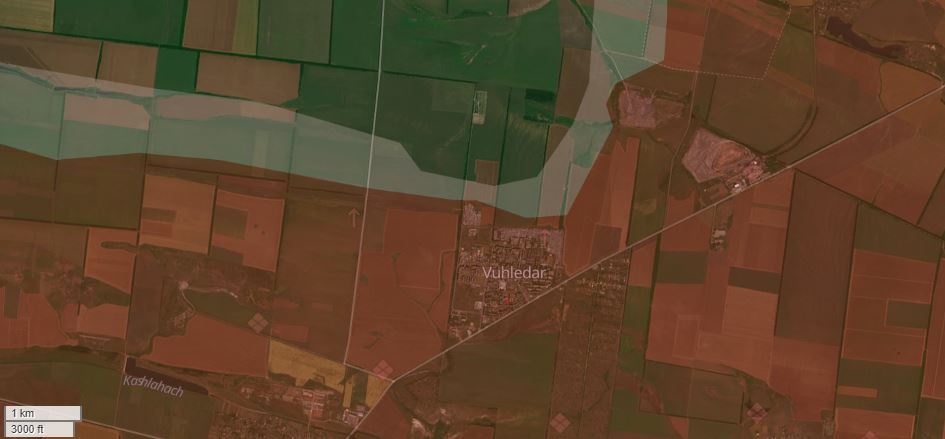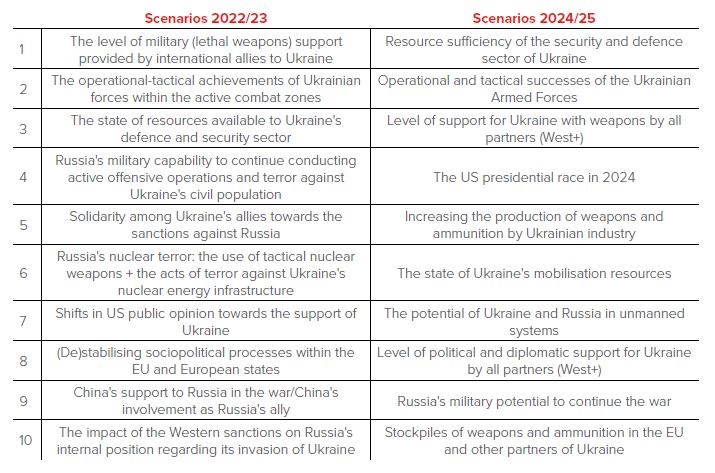Ukrainian brigade says it minimized losses through strategic retreat from Vuhledar
The 72nd Mechanized Brigade of Ukraine withdrew from Donetsk's Vuhledar, facing Russian flank pressure and logistical difficulties.


The evacuation of Ukrainian military personnel, especially the wounded, from Vuhledar took place under the fire and pressure from the flanks, according to Arsenii Prylipka, press officer of the 72nd Separate Mechanized Brigade of the Armed Forces of Ukraine named after the Black Zaporozhians. The Brigade did not disclose the number of casualties or its new location.
Speaking to Radio Liberty, Prylipka described the challenging circumstances:
“The wounded were evacuated, and the conditions were very difficult because the enemy was pressing from the flanks, which greatly complicated logistics. First and foremost, it was about evacuating our servicemen from Vuhledar and from positions to its right and left. But we did evacuate the wounded.”
The press officer acknowledged that there were casualties, but emphasized that by retreating to new defensive lines, they managed to minimize losses as much as possible. He explained that remaining in Vuhledar would have resulted in greater casualties.

Addressing accusations that the order to withdraw from Vuhledar came “too late,” Prylipka defended the command’s decision-making process.
“It’s very easy to blame the command for its decisions without being on the ground and not having information about the situation on the battlefield,” he stated. “Obviously, the enemy won’t wait while we find optimal withdrawal routes. They constantly strike, control, complicate logistics, so decisions are made on the battlefield, so to speak.”
Prylipka also explained why Russian forces had been attempting to capture Vuhledar for two years. The city is situated on high ground and contains numerous multi-story buildings, he said. These conditions are advantageous for conducting reconnaissance and provide a better vantage point for firing on the enemy, making the capture of Vuhledar beneficial for the Russian occupiers.
Related:
- The Telegraph: Russia secures control of key Ukrainian stronghold in eastern Donbas, securing biggest victory since February
- ISW: Russian forces likely seize Vuhledar after years of failed attempts
- Vuhledar’s fall likely imminent as Russian forces approach city center
You could close this page. Or you could join our community and help us produce more materials like this.
We keep our reporting open and accessible to everyone because we believe in the power of free information. This is why our small, cost-effective team depends on the support of readers like you to bring deliver timely news, quality analysis, and on-the-ground reports about Russia's war against Ukraine and Ukraine's struggle to build a democratic society.
A little bit goes a long way: for as little as the cost of one cup of coffee a month, you can help build bridges between Ukraine and the rest of the world, plus become a co-creator and vote for topics we should cover next. Become a patron or see other ways to support.



